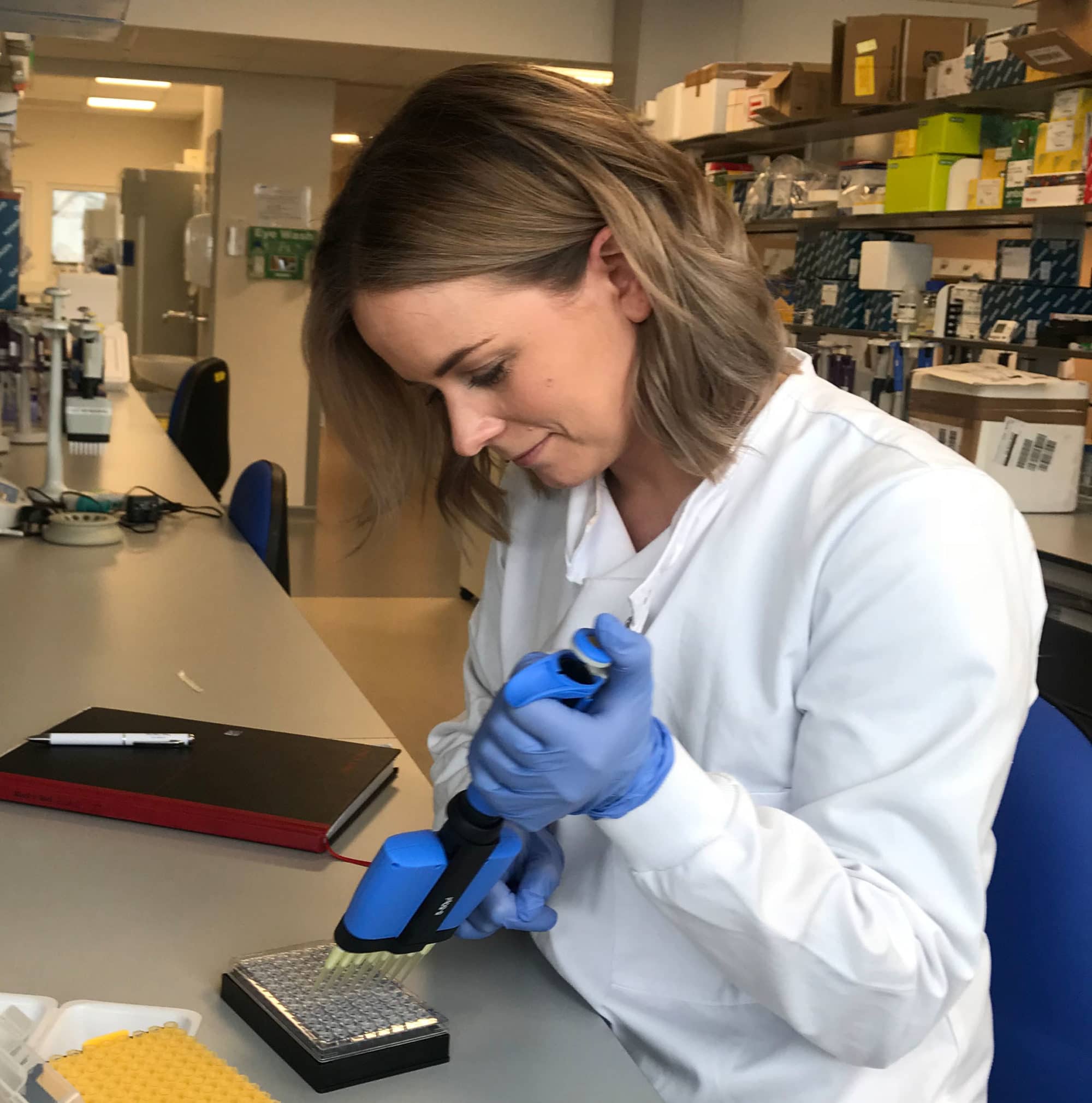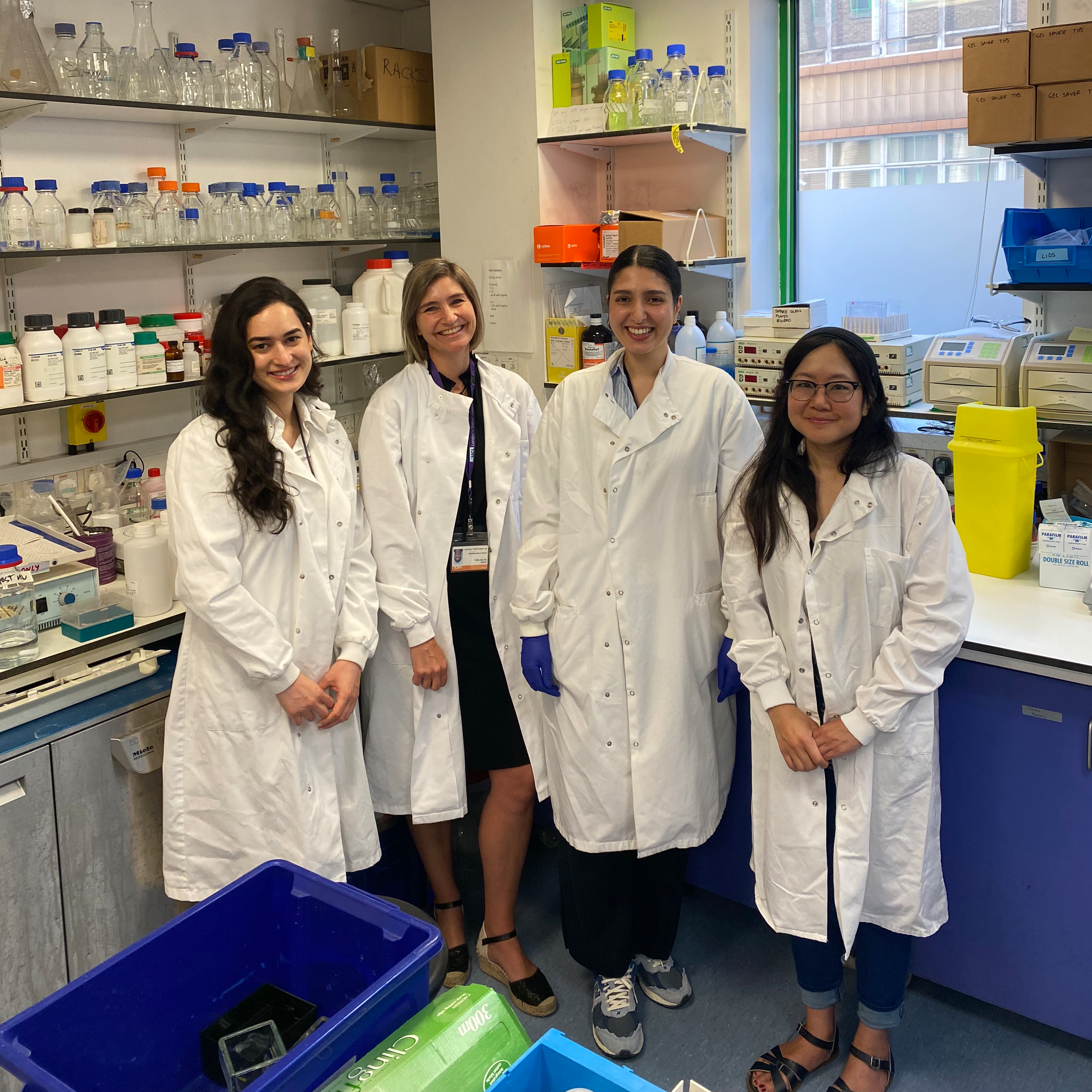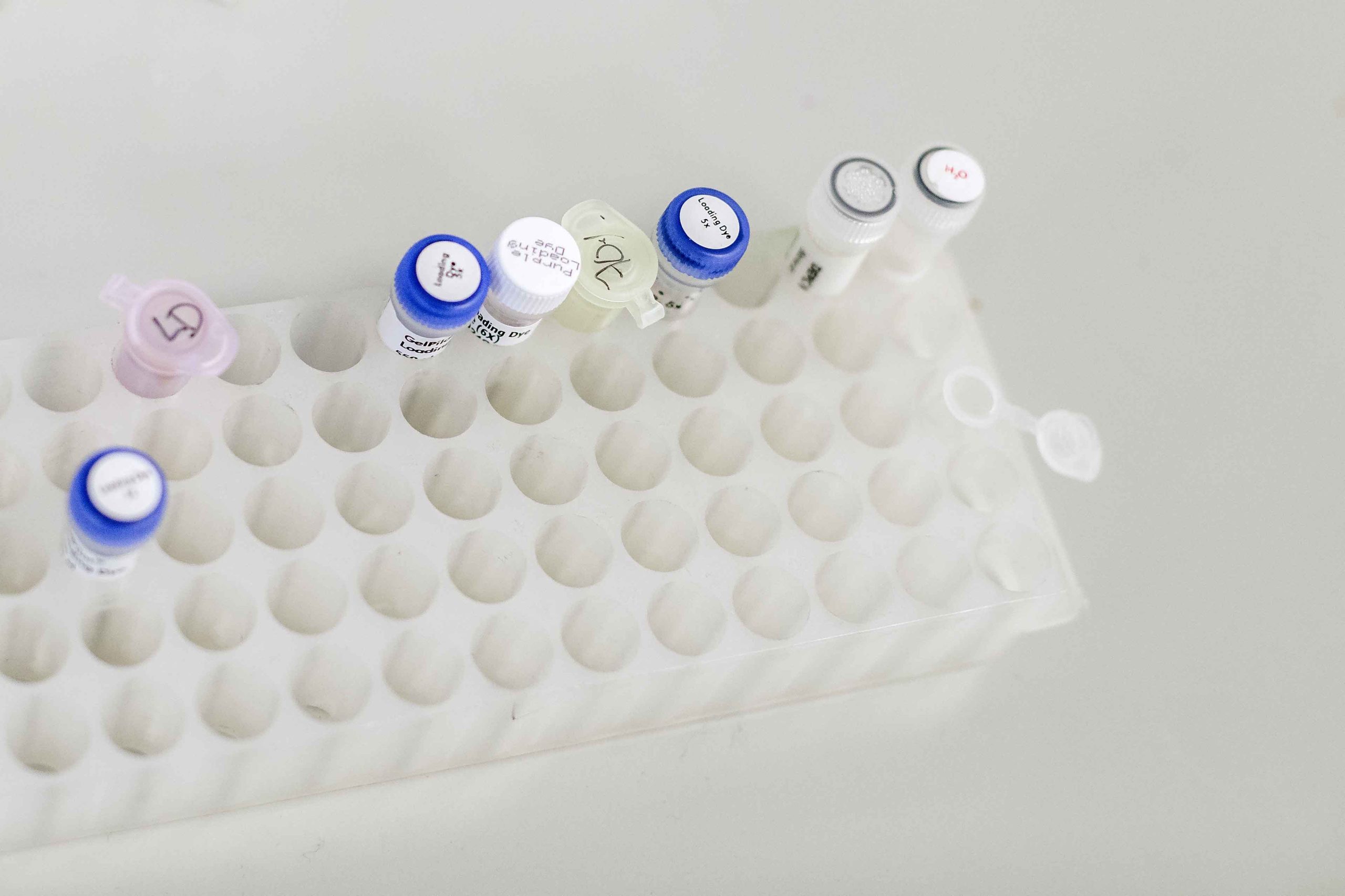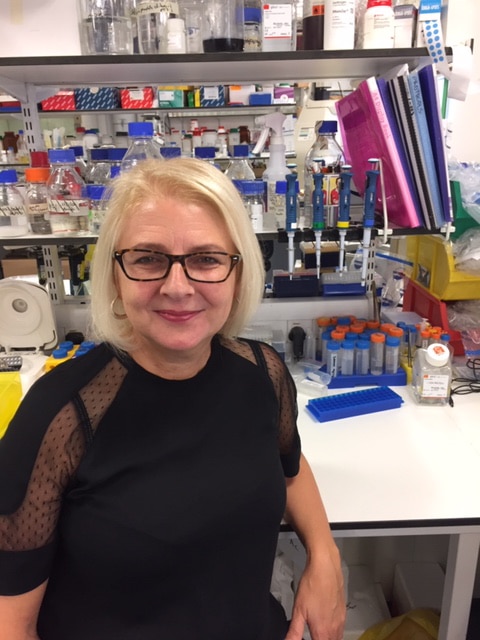
Meet a Researcher: Dr Rachel Taylor
Dr Rachel Taylor is part of the UK Inherited Retinal Dystrophy Consortium (UKIRDC) team at the University of Manchester.
Search results

Dr Rachel Taylor is part of the UK Inherited Retinal Dystrophy Consortium (UKIRDC) team at the University of Manchester.

For almost 50 years, Retina UK has funded the best science, searching for genes and treatments for everyone living with inherited retinal dystrophies (IRDs). Support the search for treatments for everyone and join our campaign to build the ultimate Gene Team of tomorrow.
A recently published study has described numerous disease mechanisms that appear to be common across different types of inherited sight loss, suggesting that there is significant potential for drug treatments that could work regardless of the underlying causative gene.
Retina UK invites expressions of interest to their first major innovation grant call, which will result in an award of up to £1million over five years as a strategic and targeted investment to result in transformative impact for therapy for inherited retinal dystrophy.
“All the promising research makes you feel like there is light at the end of that very dark tunnel after all.”

Progress towards treatments for inherited retinal conditions continues to gather pace and there’s been lots going on in the last few months, with more and more approaches being explored. This round-up gives a flavour of the variety of developments, including plenty that are not specific to a particular genetic fault.

Join us to find out how your donations make a direct different and fund research.
Researchers have developed PEDF-based eye drops that show promise in slowing retinal degeneration in mice with retinitis pigmentosa, potentially offering a non-invasive treatment option for preserving vision in the future.

The team have found the cause of disease in the first ever family tree drawn up at Moorfields Eye Hospital over 35 years ago, which had remained unsolved until now.

UK researchers have discovered that passing a weak electrical current between electrodes on a person’s scalp may lead to a reduction in frequency of the visual hallucinations experienced by some people living with sight loss.